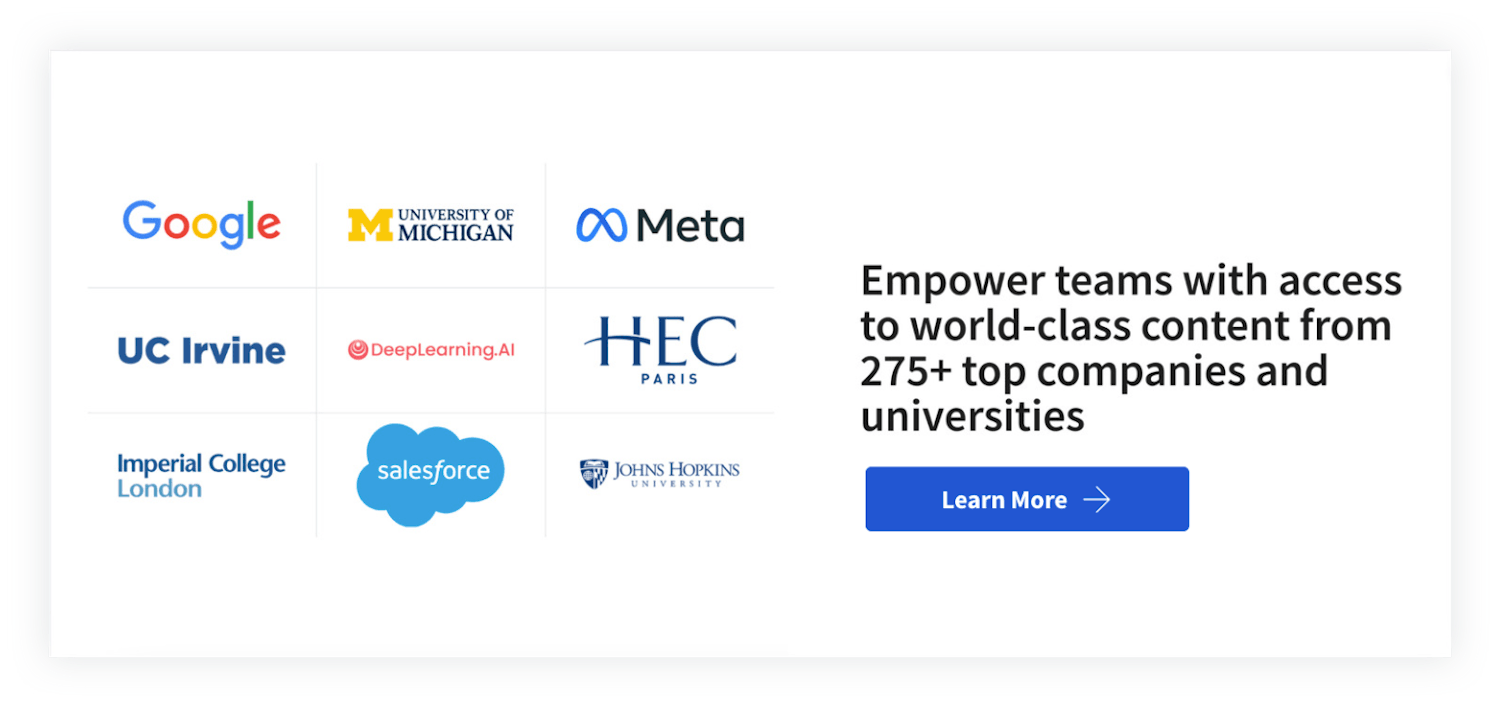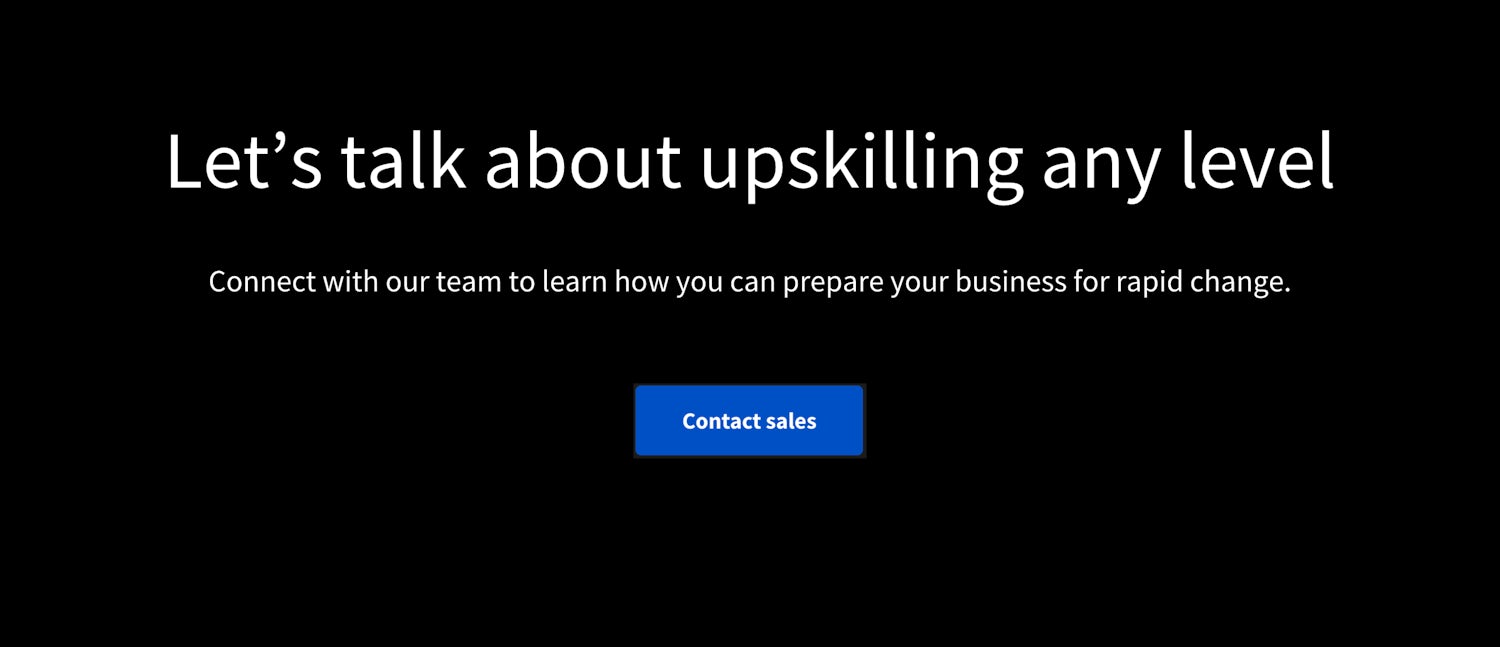What Is the Skills Gap?
At its most basic level, the skills gap describes the discrepancy between the skills a particular role requires and the skills employees (and potential employees) have. Discover what the skills gap is and why it matters to ensure your skills remain sharp.
![[Featured image] Instructor giving lesson to a group of employees to gain new skills](https://d3njjcbhbojbot.cloudfront.net/api/utilities/v1/imageproxy/https://images.ctfassets.net/wp1lcwdav1p1/2jjqmneu5CS0IKnaxBCreN/5db311889f688adf4221853e4f7d3c36/iStock-542331556_medium.jpg?w=1500&h=680&q=60&fit=fill&f=faces&fm=jpg&fl=progressive&auto=format%2Ccompress&dpr=1&w=1000)
Various factors contribute to the formation of the skills gap, such as a lack of qualified candidates in an industry, changes in the job role, industry standards that require re-training, or fast-moving trends. A 2022 survey of human resources professionals revealed that 69 percent saw a skills gap at their company, up from 55 percent the year prior [1]. Respondents indicated that lack of awareness, support, and adequate development opportunities contributed to the issue.
In this article, we look at why skills gaps exist, their extent and impact, along with ideas on how to overcome the skills gap with training and other strategies.

What are the different skills in the skills gap?
Various skills, including workplace and technical skills, across multiple industries combine to make the widening skills gap. Despite the number of college graduates seeking employment and unemployed workers, many industries need help to fill vacancies and retain talent, including technology, human resources, sales, and management [1].
The Association for Talent Development identifies numerous in-demand skills contributing to the widening skills gap. Examples include [2]:
Critical thinking
Problem-solving
Communication
Interpersonal
Managerial, supervisory, and leadership
IT skills, including working with advanced technology like artificial intelligence
Cybersecurity
As more jobs involve technology and tech evolves rapidly, experts anticipate coding, programming, automation, and artificial intelligence will continue falling into the skills gap.
Read more: Hard Skills vs. Soft Skills: What’s the Difference?
Why does the skills gap exist?
What drives the continuing skills gap? In truth, it’s a multifaceted issue linked to various factors, including the following:
Lack of experience: Many workers with extensive experience are planning to retire. The United States Census Bureau estimates that 10,000 baby boomers reach retirement age daily, many of whom work in senior-level roles [3]. Skills, knowledge, and know-how accumulate over time, and these workers take a lot of technical and institutional know-how with them when they go.
Inadequate training: You could rename the skills gap a “training gap.” You can often attribute the problem to poor on-the-job training and supervisors and mentors failing to provide robust training. Instituting programs to nurture employees and support reskilling and upskilling can help close the gap.
Decreased labor force participation: From 1999 to 2019, the global population of people between the ages of 15 and 24 grew by 30 percent; however, in that same period, the demographic’s participation in the global workforce diminished by 12 percent [4]. Additionally, the longer young workers remain in entry-level roles or are kept out of the workforce, the more challenging it is to get the needed skills.
An educational system that doesn’t keep pace: A lack of training at work isn’t the only concern. Many academic institutions can’t keep up with the rapidly shifting technological advances and the changes in the economy. Schools can rectify the situation by offering more hands-on experience and education through internships, real-world instruction, and partnering with employers to create comprehensive educational programs that give learners the skills employers need most.
Research remains ongoing to identify further the causes of the skills gap and the challenges it poses across industries. Employers and educators can work together to provide insight and solutions to address the skills gap now and in the future.

The global extent of the skills gap
A skills gap could prevent you from getting the job you want, but it doesn’t have to be that way if you can identify the skills needed and take the necessary action.
A persistent and extensive skills gap makes it difficult for individuals to find jobs, and it can be difficult for employers to find the right workers with the proper training for the job. According to a 2018 study by Deloitte, millions of positions will remain unfilled from 2018 to 2028 due to the skills gap, which could ultimately cost the economy a whopping $2.5 trillion [5].
Professional services firm PwC, examined the skills gap for the 2019 World Government Summit. The researchers were alarmed at what they found and quickly realized the imminent need to take action.
“The message is clear: change now, or become obsolete. Governments, businesses, and individuals must work together to implement a holistic, sustainable solution that distributes power and accountability. The time is now, not five years from now” [6].
Additionally, McKinsey’s 2021 Mind the Skills Gap study found that 87 percent of companies worldwide say they already have a skills gap or anticipate having one in the coming years [7].
How to overcome the skills gap
Shrinking and eliminating the skills gap requires a strategy that removes many of the learning obstacles that cause it, including increased education in the classroom. Starting early, especially in K–12 education, offers one helpful solution, particularly for workplace skills, which teachers rarely cover during grade school education. Paying attention in school is critical for basic skills like reading, writing, critical thinking, analysis, and mathematics. If you don’t have those foundational skills while advancing through school, it’ll be harder to pick them up later.
For technical skills, the best way to pick them up is through learning, experience, and practice. If someone is currently working in a job or career that you want, ask them for advice. Ask how they go about accomplishing their tasks. Do they have tricks or tips that they learned over the years? It can also be helpful to practice skills you want to gain. The more you repeat or complete a task, the easier it will be for you to do in the future.
Taking the initiative alone can help you sharpen your skill set or learn new things. You could go back to school or explore resources like the following:
Volunteer. Consider volunteering for friends, family, or formal organizations to expand your experience. For example, you could take on a project for a small business to learn analytics or customer management or join a nonprofit board to sharpen communication and leadership skills.
Ask to rotate to another department at work. Some employers may allow temporary arrangements that provide exposure to other areas. For example, if you work in sales, you might ask to spend a week in accounting or marketing.
Get certified. You can attend training, take classes, or learn independently before taking an exam and getting certified in specific fields. You can add these verifiable skills to your resume and the credentials you earn.
Take an online class. Platforms like Coursera offer access to courses from premier institutions and industry-leading teachers. You could get new technical skills by taking a class such as Code Yourself! An Introduction to Programming from The University of Edinburgh or explore entrepreneurship and leadership with Connected Leadership from Yale—just two of many online options on Coursera.
Next steps
Do an honest assessment of your skills, including areas needing strengthening. What are you great at? What areas could use a little more attention and improvement? Now is the time to take your skills to the next level.
Explore all your options, including online classes, bootcamps, and workshops that can help you close or overcome the skills gap. For example, you could expand your tech skills with the Google UX Design Professional Certificate. Alternatively, you could sharpen your accounting skill set with Introduction to Financial Accounting: The Accounting Cycle, a Specialization from the University of California Irvine on Coursera.

Article sources
Workforce Monitor. “Closing the Skills Gap 2023: Employer Perspectives on Educating the Post-Pandemic Workforce, https://wfmonitor.com/2023/02/17/skillsgap/.” Accessed October 2, 2023.
Association for Talent Development. “Skills Gap is Top-of-Mind for Employers, https://www.td.org/atd-blog/skills-gap-is-top-of-mind-for-employers.” Accessed October 2, 2023.
United States Census Bureau. “By 2030, All Baby Boomers Will Be Age 65 or Older, https://www.census.gov/library/stories/2019/12/by-2030-all-baby-boomers-will-be-age-65-or-older.html.” Accessed October 2, 2023.
Harvard Business Review. “4 Ways to Bridge the Global Skills Gap, https://hbr.org/2022/03/4-ways-to-bridge-the-global-skills-gap.” Accessed October 2, 2023.
Deloitte. “2018 Manufacturing Skills Study Gap, https://www2.deloitte.com/us/en/pages/manufacturing/articles/future-of-manufacturing-skills-gap-study.html.” Accessed October 2, 2023.
PwC. “The Lost Workforce: Upskilling for the Future, https://www.pwc.com/m1/en/world-government-summit/documents/wgs-lost-workforce.pdf.”
McKinsey. “Mind the [skills] Gap,
Coursera Staff
Editorial Team
Coursera’s editorial team is comprised of highly experienced professional editors, writers, and fact...
This content has been made available for informational purposes only. Learners are advised to conduct additional research to ensure that courses and other credentials pursued meet their personal, professional, and financial goals.